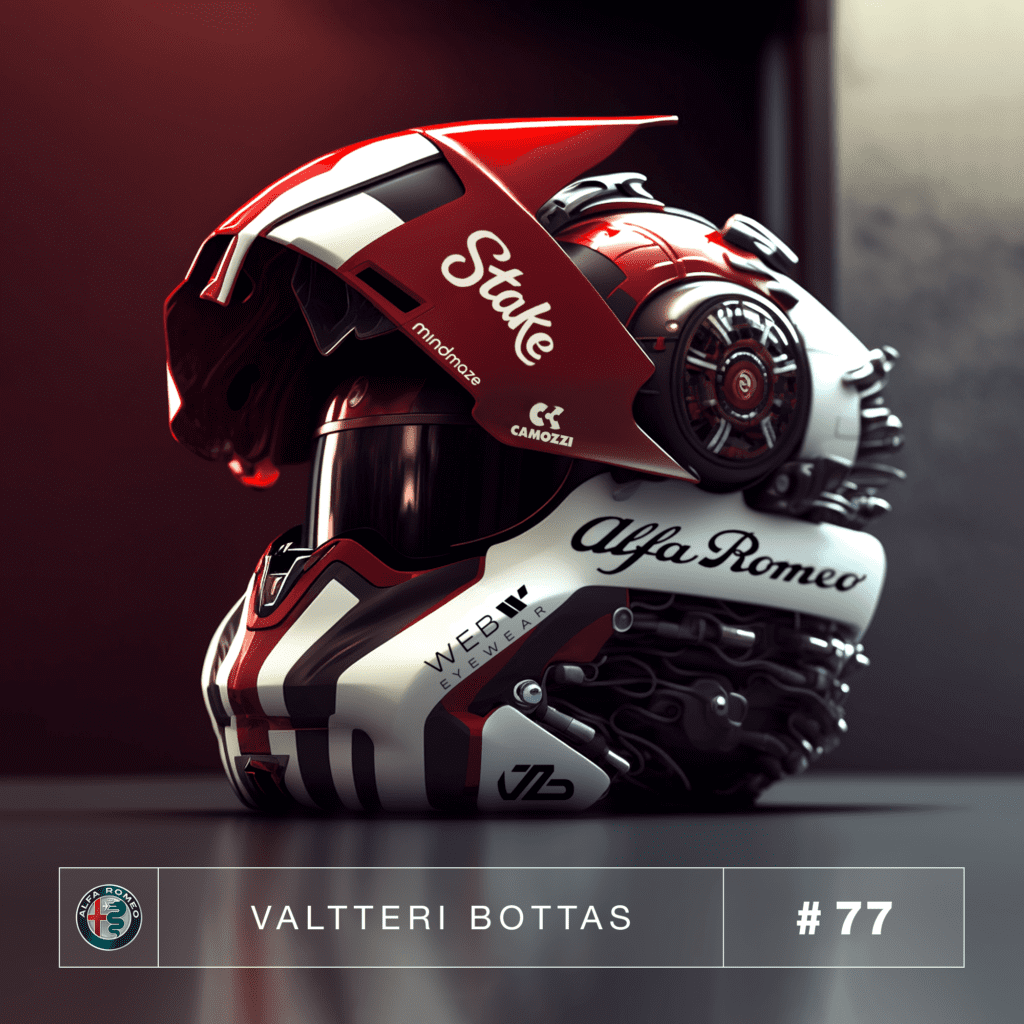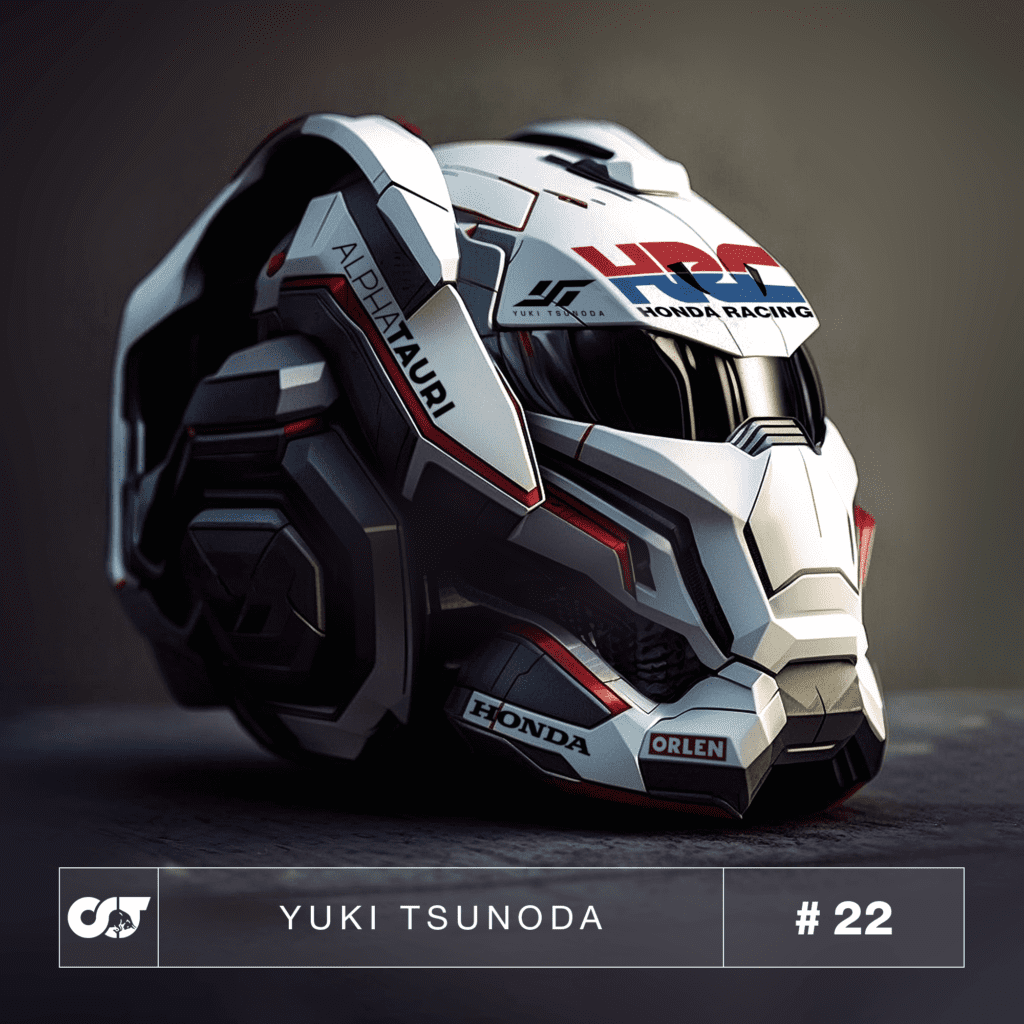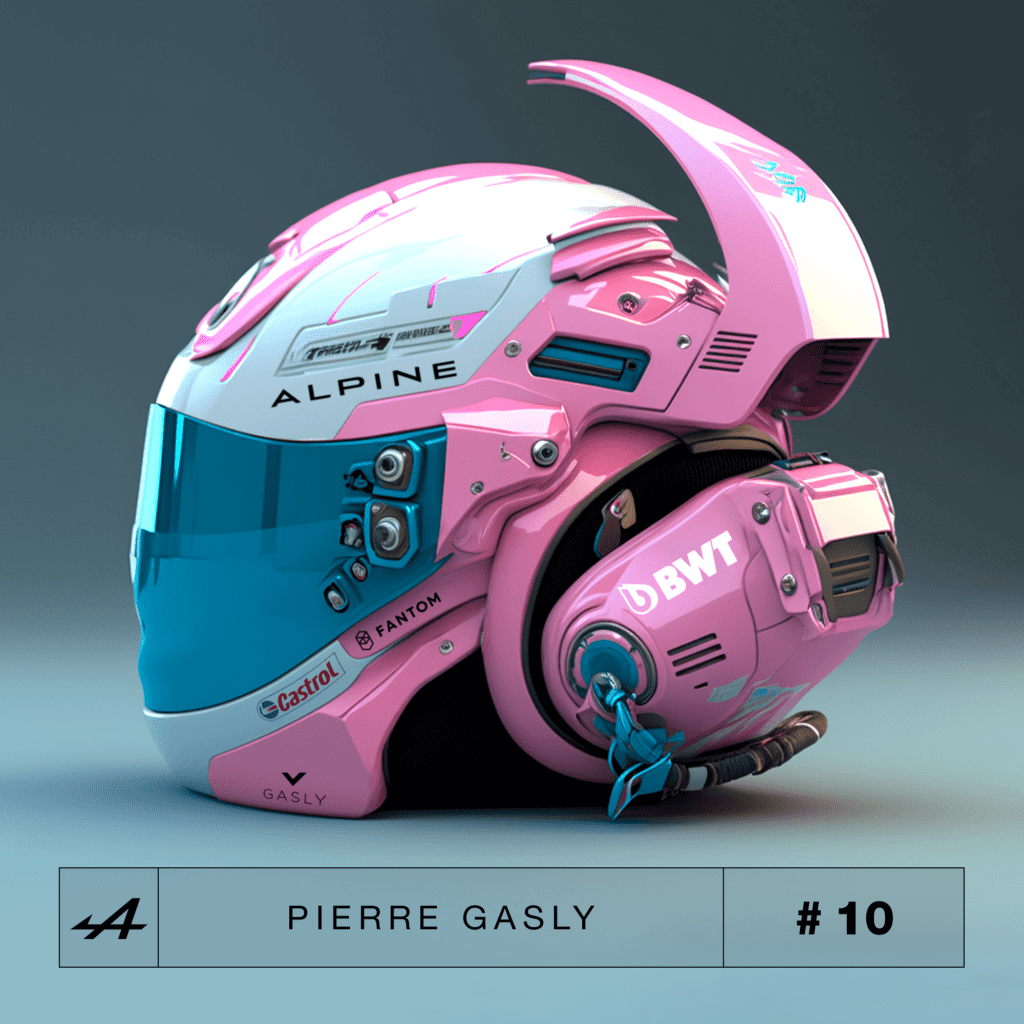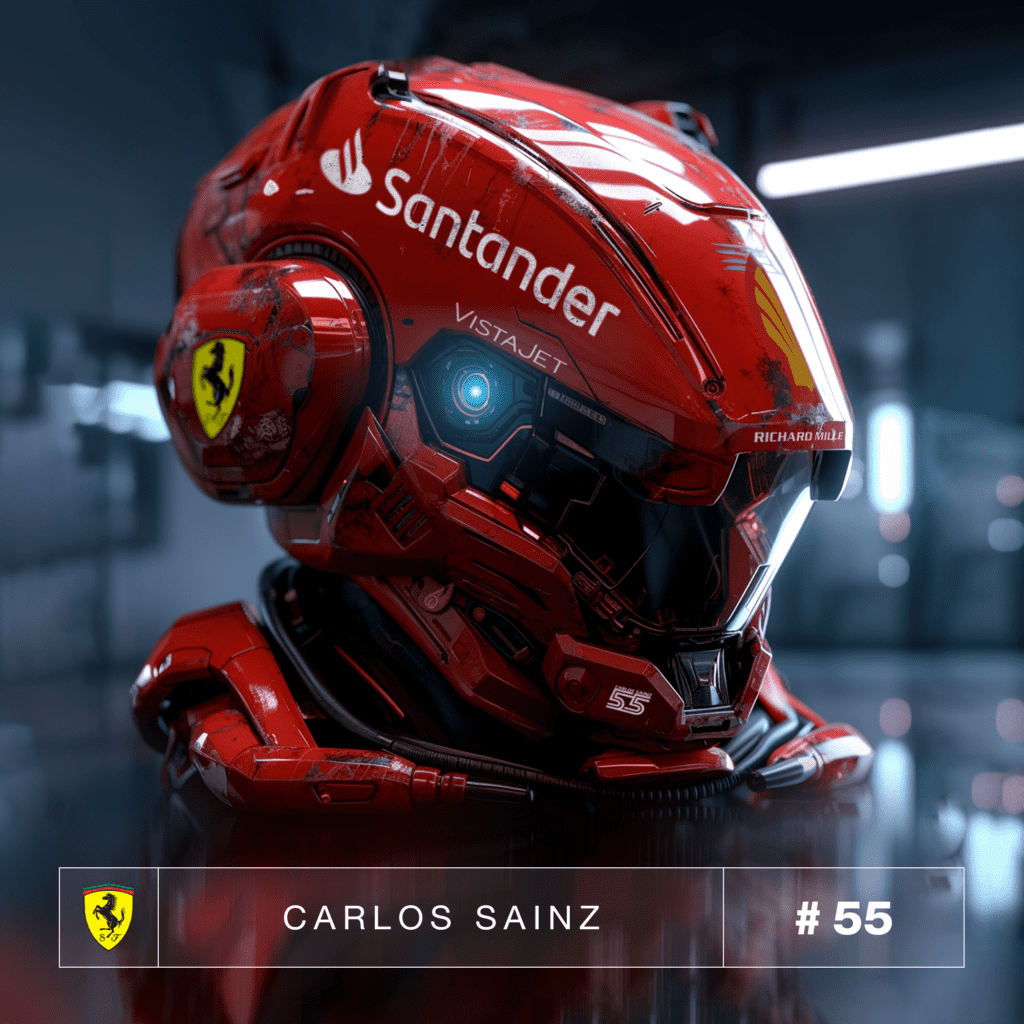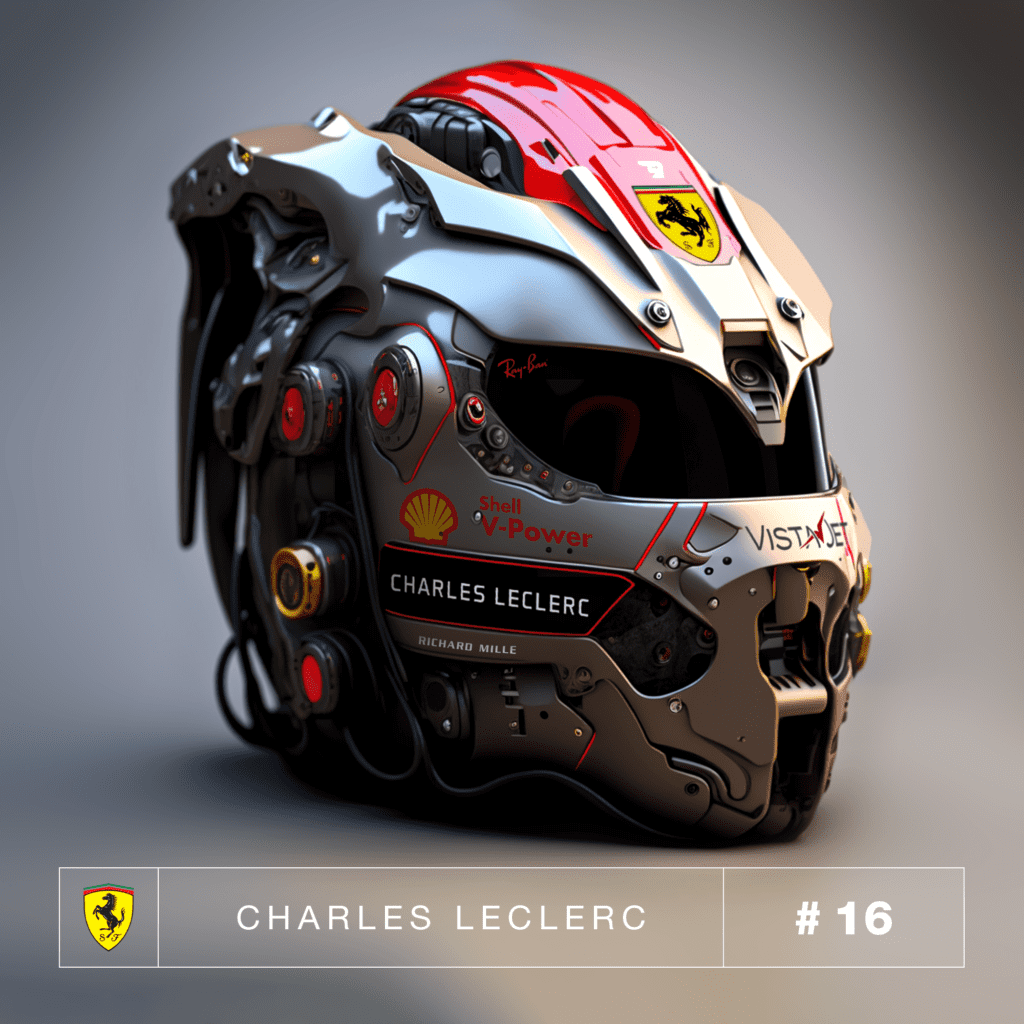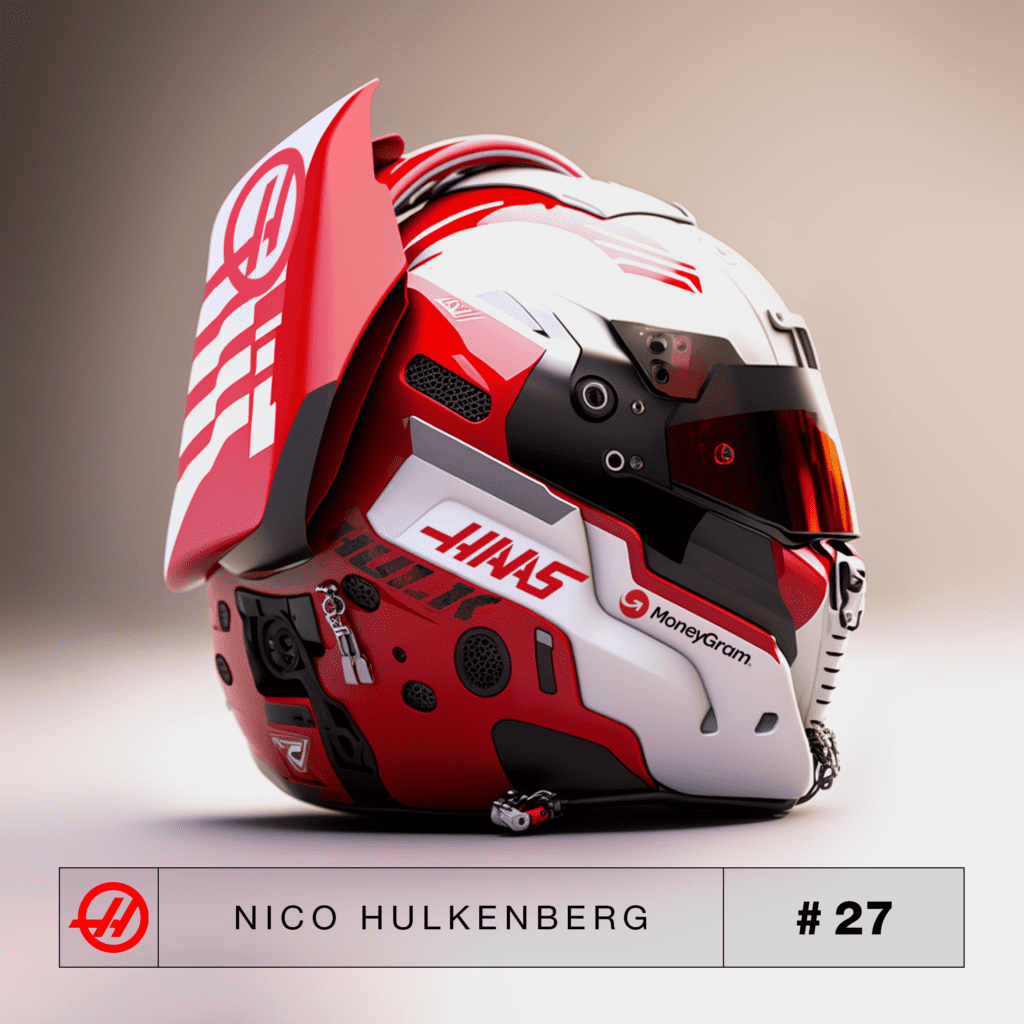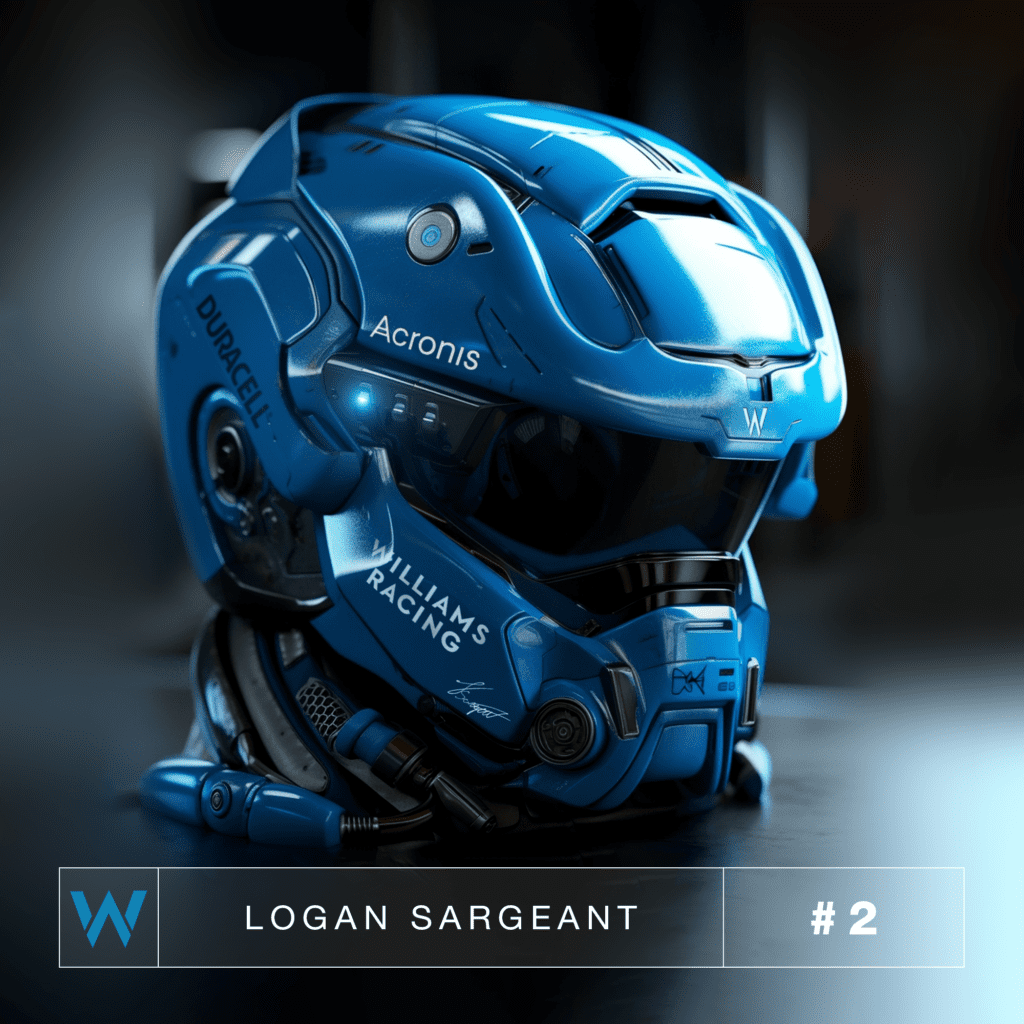Nadya Tolokonnikova: From Punk Activism to NFT Art – A Journey of Controversy
Fast Facts:
- Nadya Tolokonnikova, founder of the punk protest group Pussy Riot, has become the target of Russian authorities.
- Russian criminal charges have been filed against Pussy Riot’s NFT art, leading to international attention and debate.
- Tolokonnikova’s NFT artworks have been created as a form of protest and to raise awareness about social and political issues.
- The controversy surrounding Pussy Riot’s NFT art highlights the intersection of art, activism, and the growing popularity of non-fungible tokens.
- The legal battle between Pussy Riot and Russian authorities raises questions about freedom of expression and the boundaries of artistic creation.
In a clash between art, activism, and authority, Nadya Tolokonnikova, the founder of the renowned punk protest group Pussy Riot, finds herself at the center of a storm. Russian authorities have targeted Pussy Riot’s NFT art, resulting in criminal charges that have attracted global attention and sparked heated debates. This article delves into the intriguing journey of Nadya Tolokonnikova, exploring the controversies surrounding her transition from punk activism to the world of non-fungible tokens.
The Rise of Pussy Riot’s NFT Art
Since its inception, Pussy Riot has used music and provocative performances to shed light on social and political issues in Russia. Now, Tolokonnikova has embraced the digital realm by venturing into the world of NFT art. Her NFT artworks serve as a form of protest and a means to amplify her messages on a global scale. By leveraging blockchain technology, Tolokonnikova aims to bypass censorship and reach audiences worldwide, defying the constraints imposed by Russian authorities.
The Legal Battle and International Attention
The Russian government’s response to Pussy Riot’s NFT art has been swift and severe. Criminal charges have been filed against Tolokonnikova and her collaborators, accusing them of disseminating “extremist” content through their digital creations. The charges have drawn international attention, with activists, artists, and freedom of expression advocates rallying in support of Pussy Riot’s artistic freedom. The case has become a high-profile symbol of the ongoing struggle between the power of art and the control of authorities.
“Nadya Tolokonnikova’s journey from punk activism to NFT art showcases the indomitable spirit of creative resistance. By leveraging blockchain technology, she challenges the boundaries of artistic expression and ignites a global dialogue
The Nexus of Art, Activism, and NFTs
Pussy Riot’s foray into the world of NFTs raises important questions about the intersection of art, activism, and the burgeoning popularity of non-fungible tokens. While some argue that NFTs provide artists with newfound autonomy and monetization opportunities, others raise concerns about their environmental impact and potential for artistic commodification. The controversy surrounding Tolokonnikova’s NFT art acts as a catalyst for wider discussions about the evolving nature of artistic expression and the role of technology in shaping the art world.


